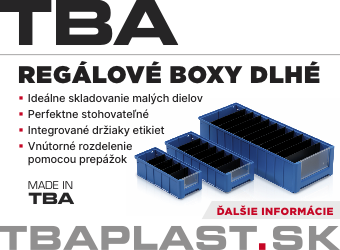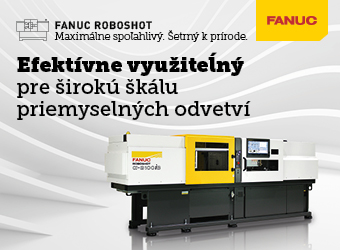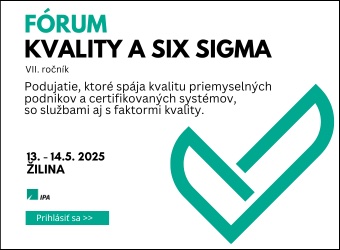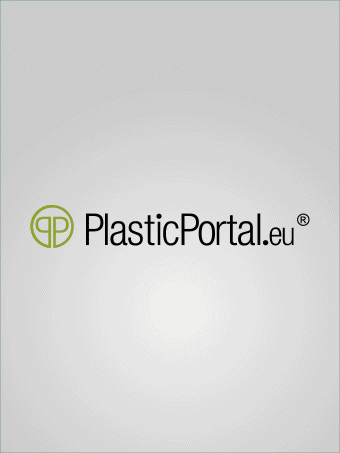Andreas Ostrowicki: Plastics in electromobility - We see numerous possibilities of contributing to the knowledge around our technology
A continually growing demand for low fuel consumption, lower emissions and a better CO2 balance calls for lightweight materials. Plastics are convincing due to their lightweight potential, however, depending on the application, they have to withstand high temperatures and extreme conditions.
Dr. Andreas Ostrowicki, Managing Director of BGS Beta-Gamma-Service GmbH & Co. KG explains in the interview how, with the help of radiation crosslinking, conventional plastics qualify for relevant tasks and which opportunities the technology offers for electromobility.
Plasticportal.eu: Mr. Ostrowicki, what happens in the radiation crosslinking process?
Andreas Ostrowicki: The procedure is easy to describe in itself: Energy-rich beta or gamma rays trigger chemical reactions in the plastic parts and thus result in a crosslinking of molecules – comparable to the vulcanisation of rubbers. The durability and resilience of the materials increases many times over through this process.
Plasticportal.eu: Which effects does radiation crosslinking have specifically?
Andreas Ostrowicki: Irradiation optimizes the mechanical, thermal and chemical properties of commodity and technical plastics in such a way that they take on the quality of high-performance plastics and are able to replace them. This is because plastic components crosslinked by radiation show significantly improved properties in terms of heat and abrasion resistance, stability and creep behaviour. In addition, they ensure a considerably lower noise emission level and do not require lubricants. The durability is so impressive that metals in many functional components can be replaced by plastic components that have been crosslinked by radiation and injection moulded. Similarly, numerous components are replaced nowadays by radiation crosslinked plastics in motor compartments, charge air components, coverings and fastening elements for electrical and electronic applications such as cable coatings or plug connectors, as well as components in interior and external areas.
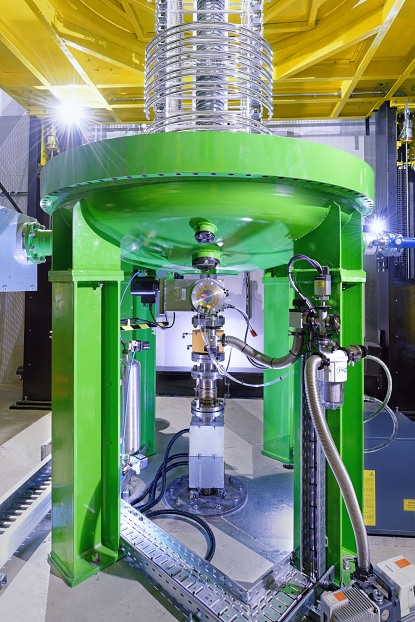 | |
| Enables a plastics upgrade: 3 MeV electron accelerator at BGS headquarters in Wiehl |
Plasticportal.eu: Which plastics are suitable for the procedure?
Andreas Ostrowicki: Frequently refined plastics include polyethylene (PE) and its co-polymers, polyamide (PA), polyesters such as PBT and polyvinylchloride (PVC). Thermoplastic elastomers (TPE) and polypropylenes (PP) are also gaining in importance. Generally, all materials can be crosslinked by radiation that have in the molecule sufficiently long ethylene sequences in which the reaction takes place. Since the development is constantly progressing here, this should be clarified on a case-by-case basis.
Plasticportal.eu: How can you integrate this procedure in serial production?
Andreas Ostrowicki: Compared with duroplastics, which often require costly post processing or high-performance plastics as well, radiation crosslinking offers tremendous processing benefits at reduced costs. The radiation dose is applied within seconds and is highly reproducible in the process. The original processing procedures of the raw components remain the same – only the end product is treated. The production therefore does not have to be modified. Radiation crosslinking is the last step after moulding and can be integrated in the production chain during transport to the end user. It is important for all project participants to work together from the start: from the plastics supplier to the manufacturer.
Plasticportal.eu: The trend towards electromobility substantially changes the components used and presents new challenges for them. What is your assessment of the development with respect to radiation crosslinking?
Andreas Ostrowicki: The development towards e-mobility and autonomous driving opens up new possibilities for plastics. Even though diverse plastics part will be omitted in the motor compartment, other new ones will be added, e.g. in the batteries and fasteners, in the form of numerous connectors, various housings, and in the electrical engines. Plastics will be one of the key materials in the e-automobile of the future - and will have to meet significantly more complex requirements. We see numerous possibilities of contributing to the knowledge around our technology in this process of change. Whether it involves weight reduction and lightweight construction, dealing with strong electrical currents or batteries: The materials used are exposed to high degrees of thermal load and have to be resistant to electrolytes. High rigidity, high strength levels and enhanced toughness are still in demand for components that are under high mechanical stress. In addition, electrical corrosion must not be activated. Radiation crosslinking can provide solutions for all these applications now and in the future.
 | |
| Dr. Andreas Ostrowicki, Managing Director of BGS |
Personal details:
Dr. Andreas Ostrowicki (born 1963), who has a doctorate in chemistry, has been Managing Partner of BGS Beta-Gamma-Service GmbH & Co. KG since 2008. Prior to switching to BGS, he was Managing Director of PolymerLatex, a joint venture of Bayer and Degussa in Great Britain from 2003 on. From 1990 to 2003, he worked at Bayer AG, where he held various positions in Germany, Canada and Finland.
White paper form - Radiation crosslinking: From plastic to hight-performance material
- autor:
- BGS Beta-Gamma-Service GmbH & Co. KG., foto: Markus Steur
















